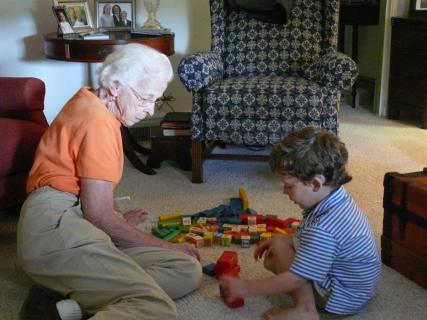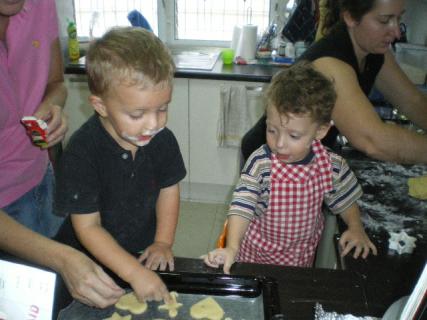If you are a parent (or a teacher who wants to give a recommendation to an interested parent), and you believe the arguments against homework (see my previous post: 25 Myths of Homework) then you might be asking yourself now, okay so my kid isn’t doing homework: what else should they do instead? These are some suggestions although I highly recommend doing these activities with your child and giving them as much choice in the activity as you can. I also recommend that you approach these suggestions from a perspective of balance rather than a list of "things I must do with my child every night." Claw back the time you spend on homework so you can spend more time with your children or so that children can have more time to self-direct themselves. Obviously there are lots of other things you can do…
- Relax:
Let them relax for at least 30 minutes at home. You want to do the same thing when you get home from work, whether you get the chance to do it or not, so do they. This chance just to relax will probably not look the same for all students.
- Play outside:
Here’s an example of my son learning how to ride a bicycle. Tell me this isn’t more valuable than any homework assignment he could be given.
The research is showing that our children are more obese, at least in North America, and this is at least partially due to the sedentary lifestyle we’ve begun to adopt. The added benefit of playing these games outside with your children is that you will get more exercise too!
- Cook together:
Kids need to learn how to cook somehow. I’m so glad my mom taught me how to cook. I will admit that I forgot this skill when I hit adolescence because it was no longer cool, but when I became a bachelor and now that I am married, this is a very valuable skill.
- Learn about animals:
Whether this means a local farm, a full sized zoo, or even just a walk in the right section of the woods, it is important that our kids learn about animals from first hand experience.

- Be silly:
Kids need play time. Nuff said.

- Go to the beach:
While I’ll admit this isn’t a daily or even weekly activity for us, it is an awesome opportunity for our son to see a completely different part of the world than his everyday experience.

- Make a fort:
This could be something as simple as some pillows from the couch propped together, or when your kids are a bit older they can work with you and build something more permanent. If you build something outside, it’s also a great opportunity for your kid’s friends to come over and help out!

- Learn how to make music:
Music is enriching part of our lives and is unfortunately being cut from many schools as budgets are being slashed during the economic recession. Fortunately you can always learn how to play an instrument, and I would recommend learning an instrument at the same time as your kid.

- Go play at the neighbours:
I’m lucky enough to live in a cooperative housing complex in Vancouver which according to my wife is set up much differently than a co-op in the USA. I don’t know about co-ops elsewhere in the world, but one of the huge benefits of our "community mandated time" is that we know our neighbours in the building. We have five potential babysitters in our building alone and lots of kids with whom our son can play.

- Play with Grandma or Grandpa:
Our own parents are an excellent source of fun and enjoyment for our kids. They can share some of their ideas, and explain how the world used to be, or they can just have fun.


- Read a book together:
According to relatively recent research, less than 50% of all parents read to their children regularly before the age of 5. This hopefully has nothing to do with the amount of homework they are receiving, but does set them up for future success in literacy. It is also a fun thing to do! We find it is a great way to calm our son down for a bit and get him to sit still because he loves stories.
- Go for a walk together:
Just going for a walk in the woods or around the block can be amazing.
- Work in a garden:
You may not have a backyard or a garden yourself, but most cities and towns do have community gardens. There are also opportunities to volunteer in a garden in most cities.

- Do an arts project:
This one I think is obvious and the benefits of creating artwork are awesome. At the very least it can be a really welcome gift for your relatives.

- Do an experiment together:
Science is fun! You can find lots of websites which will give you simple experiments you can do at home. Here’s part of a video I taped of my son and I learning about reasons why things float or sink.
